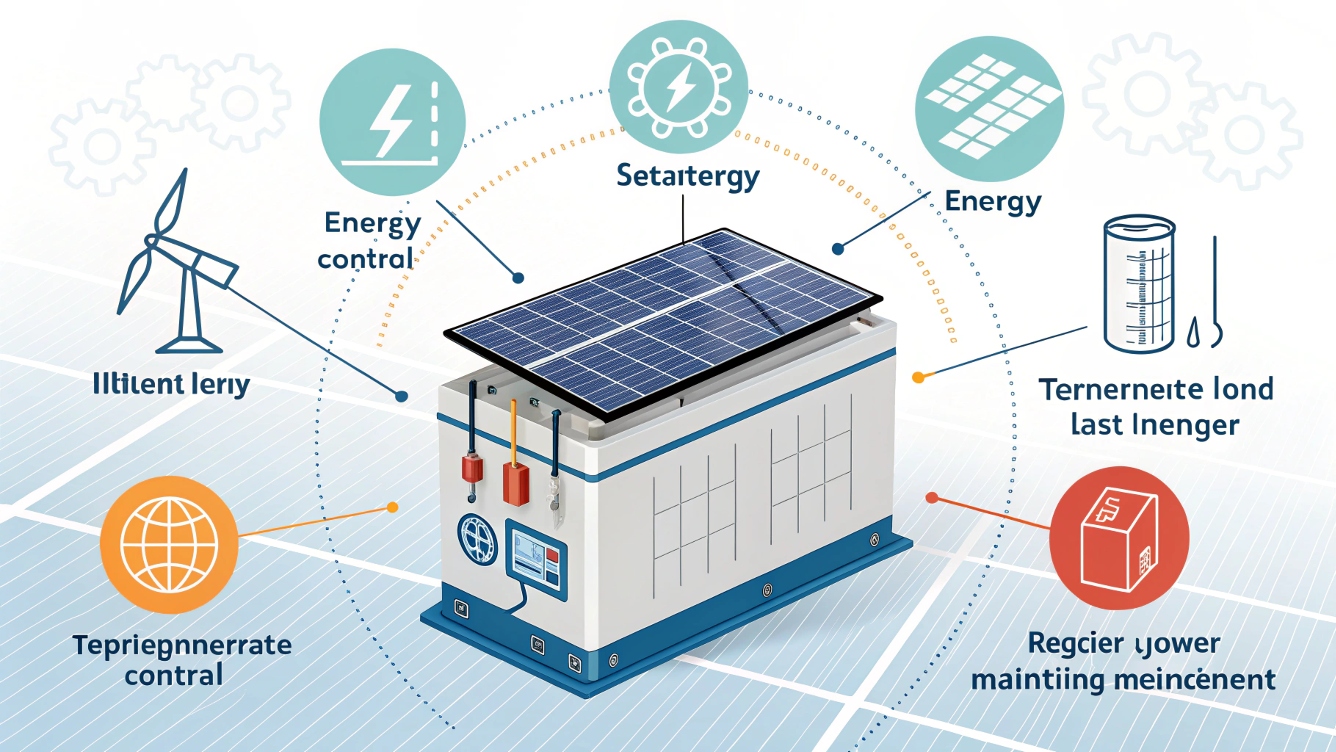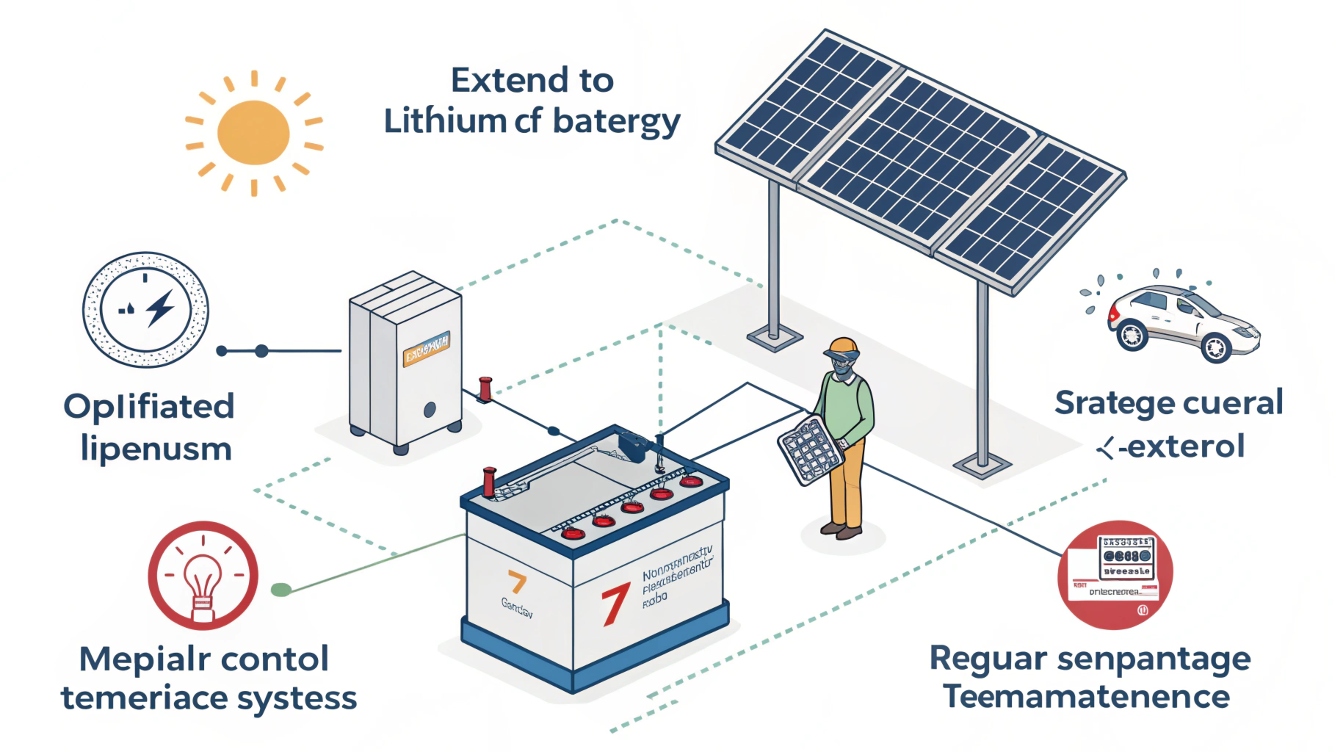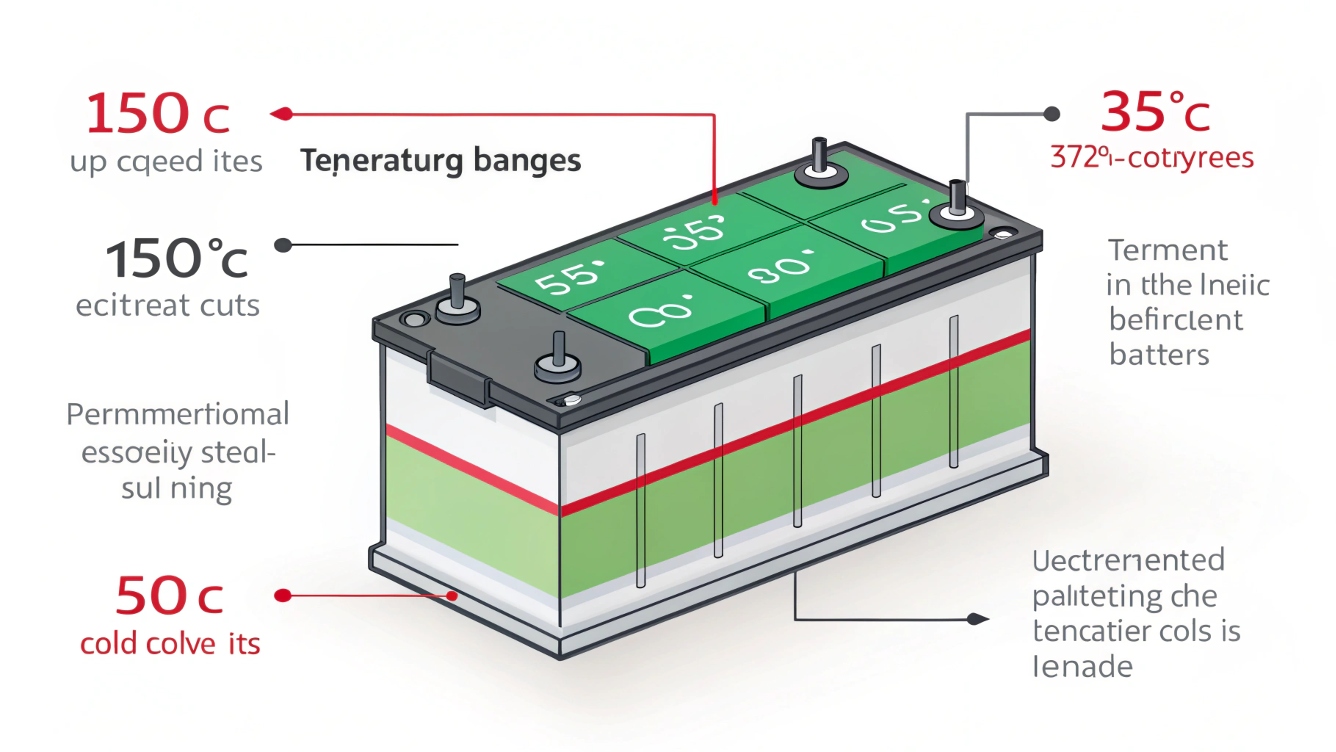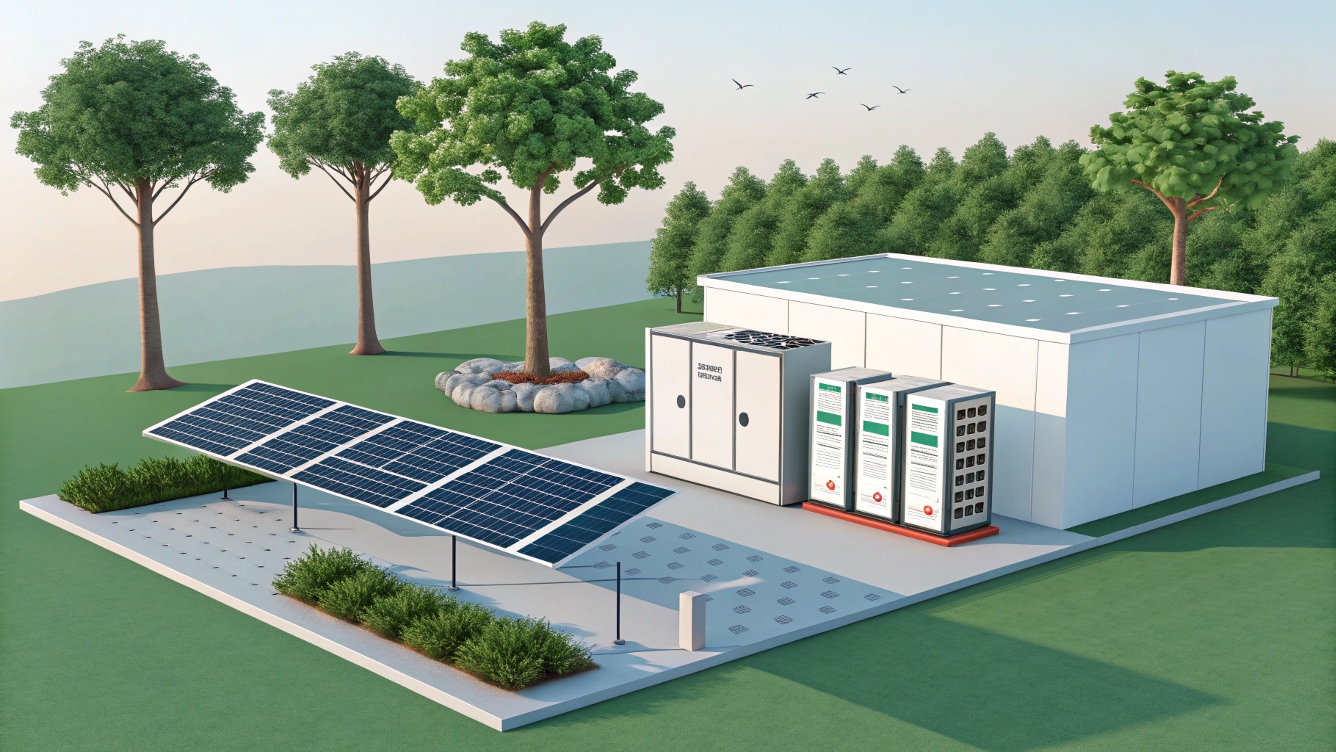How to Make a Batería de iones de litio para energía solar Last Longer: 7 Estrategias probadas
Why Your Solar-Ready Lithium Battery Deserves Special Care
Cómo hacer que una batería de iones de litio dure más?
Lithium-ion batteries are the backbone of modern solar energy systems, offering high energy density and long cycle life. Sin embargo, their lifespan hinges on how well you maintain them. A typical LiFePO4 (fosfato de hierro y litio) battery lasts 6,000+ ciclos en 80% profundidad de descarga (Departamento de Defensa)—but poor practices can slash this by 50%:citar[4]:citar[6]. Here’s how to maximize longevity for your solar lithium storage system.
1. Optimize Charging Habits: El 20-80% Regla
Avoid Full Charges and Deep Discharges
Lithium-ion batteries degrade fastest at extreme charge levels. Keeping them between 20% y 80% estado de carga (Sociedad) reduces stress on electrodes and electrolytes. Por ejemplo:
- Cobrar a 100% daily reduces cycle life by 20-30% compared to 80%:citar[6]:citar[8].
- Discharging below 20% accelerates lithium plating, permanently reducing capacity:citar[10].
Para la punta: Usar un smart battery management system (BMS) like our GYCX Solar BMS to automate charge limits and prevent over-discharge.
2. Control de temperatura: El asesino silencioso
Ideal Operating Range
Lithium batteries thrive at 15°C–25°C (59°F–77°F). Extreme temperatures wreak havoc:
- Calor (>35°C): Speeds up electrolyte decomposition, cutting lifespan by 50%:citar[4]:citar[9].
- Cold (<0°C): Slows ion movement, causing temporary capacity loss and permanent damage if charged:citar[8].
Soluciones:
- Install batteries in shaded, ventilated areas.
- Usar temperature-regulated enclosures for off-grid setups in harsh climates.
3. Emparejar con MPPT Solar Charge Controllers
Por que importa
MPPT (Maximo poder punto) controllers optimize solar panel output while protecting batteries:
- Adjust voltage/current to match battery needs.
- Evitar la sobrecarga, even during peak sunlight.
Caso de estudio: A 5kW solar system using our SolarCharge MPPT 100A saw 18% longer battery life compared to PWM controllers:citar[9].
4. Embrace Partial Discharges and Slow Charging
Profundidad de descarga (Departamento de Defensa) Guidelines
- 50% Departamento de Defensa: Doubles cycle life vs. 100% Departamento de Defensa. Por ejemplo, a 10kWh battery discharged to 5kWh daily lasts 2x longer:citar[6]:citar[8].
- Charge Rates: Carga lenta (0.5C or lower) reduces electrode stress. Carga rápida (1C+) increases heat and degrades cells 30% faster:citar[8].
Para la punta: Design solar systems with excess capacity. A 200Ah battery running a 100Ah load naturally operates at 50% Departamento de Defensa.
5. Upgrade to Sistemas de batería modular
Scalability Meets Longevity
Baterías de litio apilables allow you to:
- Add capacity as energy needs grow, reducing strain on individual units.
- Replace aging modules without overhauling the entire system.
Ejemplo: Start with a 5kWh GYCX Modular Battery Kit and expand to 20kWh over time.
6. Regular Maintenance and Monitoring
Key Tasks
- Clean Terminals: Corrosion increases resistance, wasting energy. Use anti-corrosion sprays every 6 meses:citar[9].
- Update Firmware: Modern BMS software improves balancing and diagnostics.
- Check Voltage: Monthly voltage checks catch weak cells early.
Tool Recommendation: Our Bluetooth Battery Monitor provides real-time SoC, temperatura, and health alerts.
7. Storage Best Practices for Seasonal Use
Preserve Idle Batteries
- Charge Level: Tienda en 50% SoC to minimize aging:citar[4]:citar[9].
- Environment: Keep in a dry, 15°C area—avoid garages or sheds with temperature swings.
Emergency Hack: Para almacenamiento a largo plazo, use a trickle solar charger to maintain 50% charge without overloading:citar[2].
Preparación para el futuro con Lithium Solar Battery Innovations
| Tecnología | Benefit | Impact on Lifespan |
|---|---|---|
| Baterías de estado sólido | No flammable electrolytes | +50% ciclos (Projected) |
| Carga optimizada por IA | Dynamic DoD/SoC adjustments | +30% esperanza de vida |
| Self-Heating Packs | Funciona hasta -30°C | Prevents cold damage |
Data sourced from industry R&D and Wikipedia: Lithium-ion battery advancements.
Preguntas frecuentes: Respondiendo preguntas críticas
q: Can I mix old and new batteries in a solar battery bank?
A: Sí, but limit older units to 70% DoD to prevent imbalance. Use a BMS with cell balancing:citar[8].
q: How often should I fully charge my solar battery?
A: Only before expected heavy use (p.ej., storms). Monthly 100% charges help calibrate SoC meters:citar[6].
q: Do solar panels extend battery life?
A: Sí! Solar reduces grid charging cycles. Pair panels with Controladores MPPT for optimal results:citar[9].
Conclusión: Build a Smarter Solar Lithium Ecosystem

Extending your batería de iones de litio para solar lifespan isn’t rocket science—it’s about avoiding extremes and leveraging smart tech. From partial charging to modular designs, every step counts. En GYCX Solar, we engineer systems that grow with your needs while maximizing longevity.
Siguientes pasos:
- Explorar nuestro Solar Battery Kits with built-in lifespan optimization.
- Descarga nuestro Battery Care Guide for seasonal maintenance tips.
- Watch a Demo on integrating AI-driven BMS into your setup.
Referencias
- Mecanismos de envejecimiento de iones de litio: Wikipedia: Batería de iones de litio.
- DoD cycle data: Cadex Laboratory Studies:citar[6].
- Temperature guidelines: Saft Industrial Battery Manuals:citar[8].



